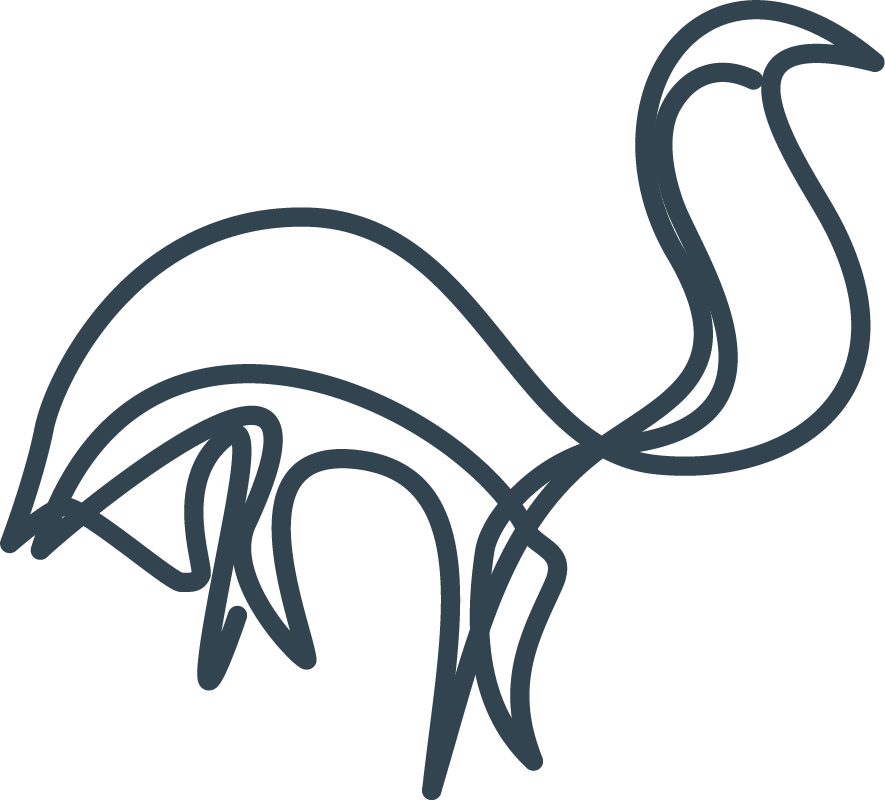MIT Puppy Lab
Program Founder
Brand Identity
Web Design
The Puppy Lab is a Massachusetts Institute of Technology MindHandHeart Initiative founded in 2015 by Stephanie Mooney (Ku). Its mission is to leverage the scientifically-proven stress-relieving effects of animal interaction to improve the state of community mental health and wellness. MIT-affiliated therapy dogs are available in weekly shifts for anyone to visit. It provides an avenue for community members to connect outside of school and work, with unconditional puppy love catalyzing deep, lasting relationships.
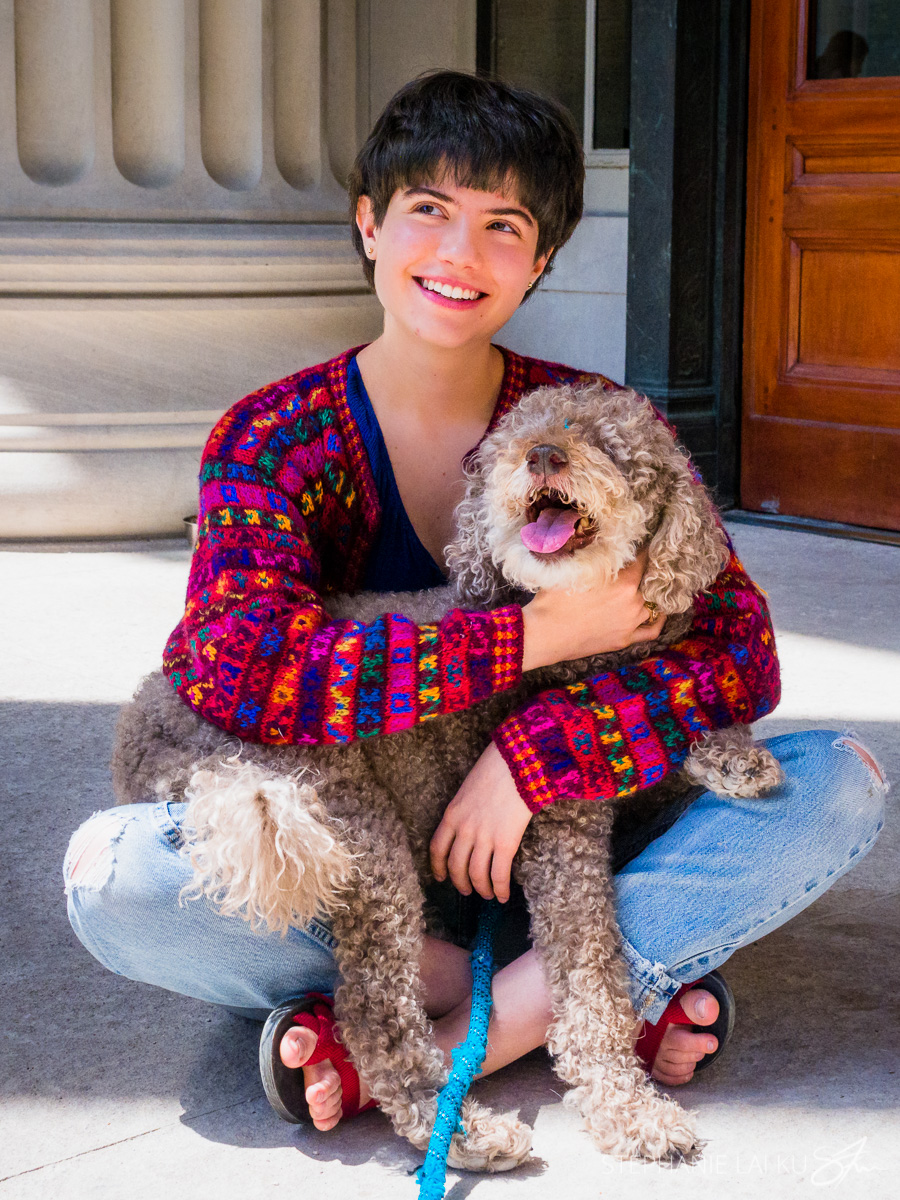

Program Founder
I've loved animals forever. My mom is allergic to dogs and cats, but I always found an alternative — hamsters, parakeets, class pets, dog walking, and even eight years of working in stables to pay for horseback riding lessons. So it wasn't a surprise to anyone when the very first moment everything finally aligned to make it possible at the age of 23, I adopted a puppy.
Wingnut filled every dark and lonely hole in me with light and laughter. If she could do even a fraction of that for someone else, how could I not make that happen? Speaking to other dog owners, I discovered a similar sentiment. Around this time, MIT began to emphasize "Heart" in addition to "Mind and Hand." Put another way, in addition to intellectual and practical fulfillment, they began to value emotional wellbeing. My proposal for the Puppy Lab was awarded one of the very first $1000 MindHandHeart grants.
After months of preparation, we invited the first eight MIT dogs to earn their official therapy dog certification. All graduated and started signing up for events once or twice a week on campus. I still remember how that first event felt after weeks of publicity, logistics, and communications — over two hundred visitors streamed in and out to meet the dogs. You could literally feel the swell of warmth.
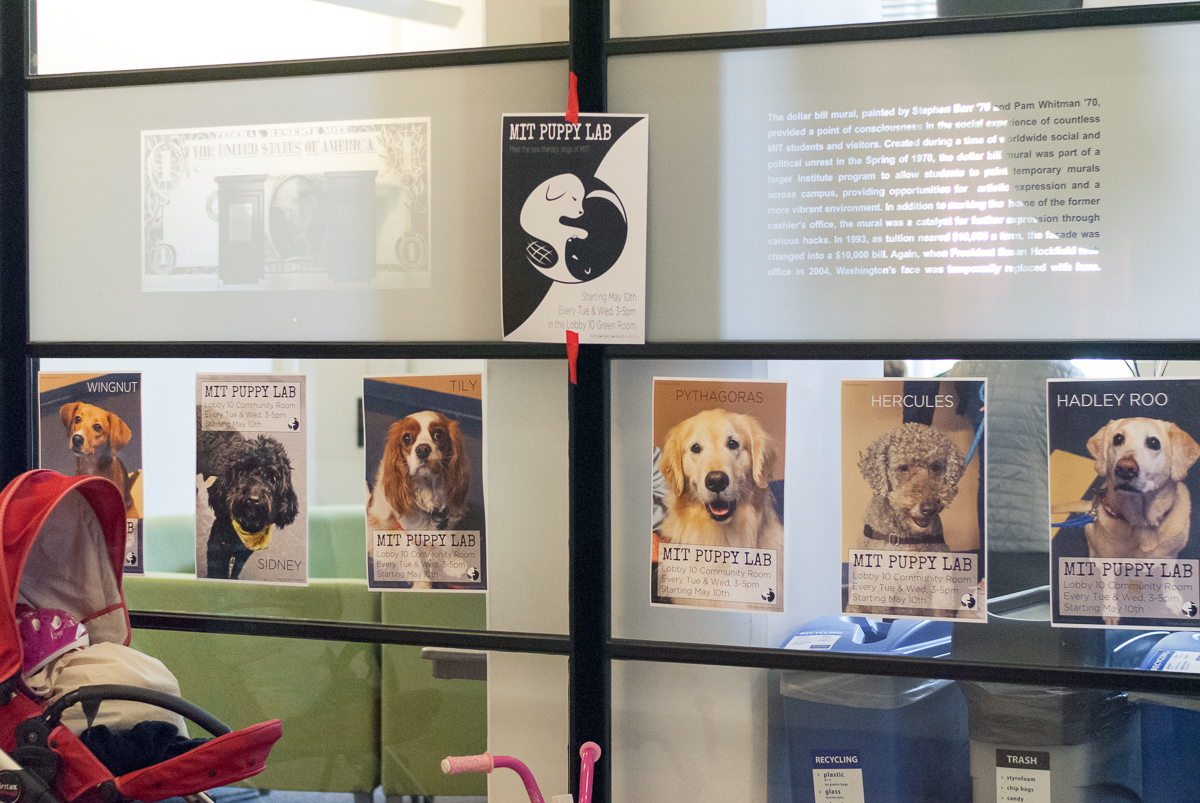
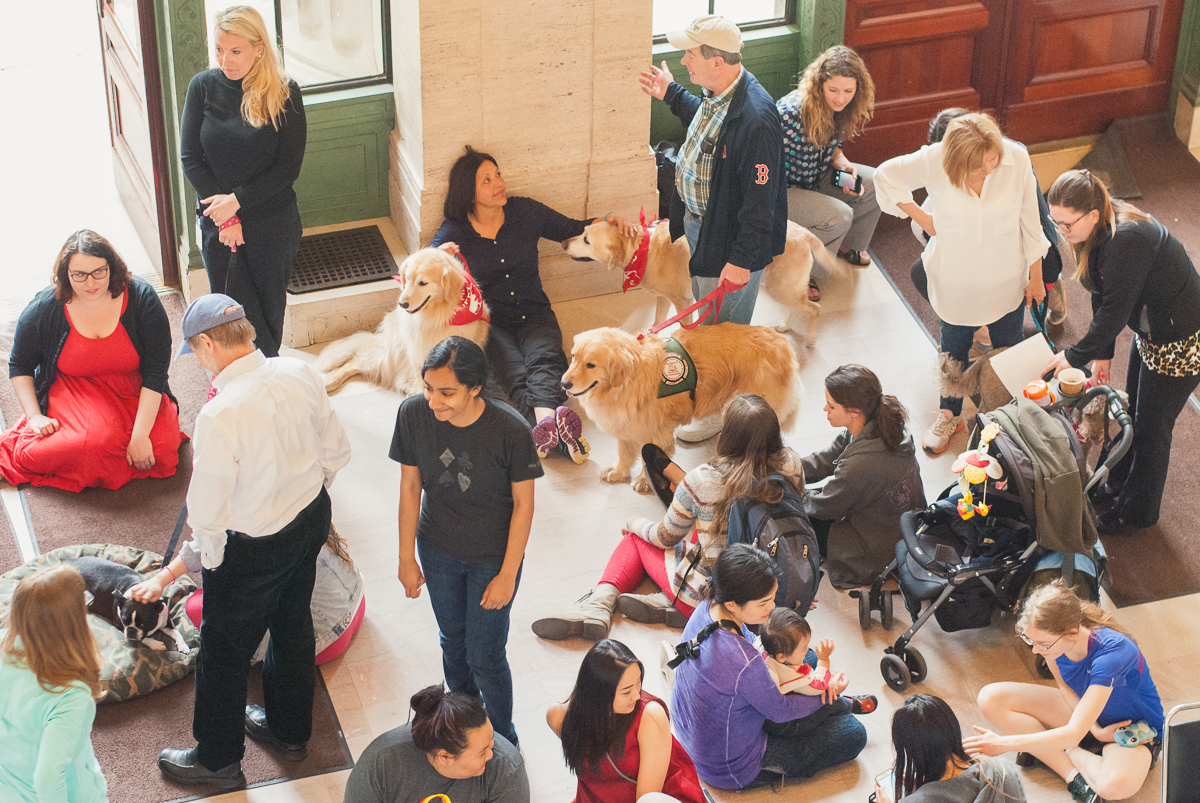
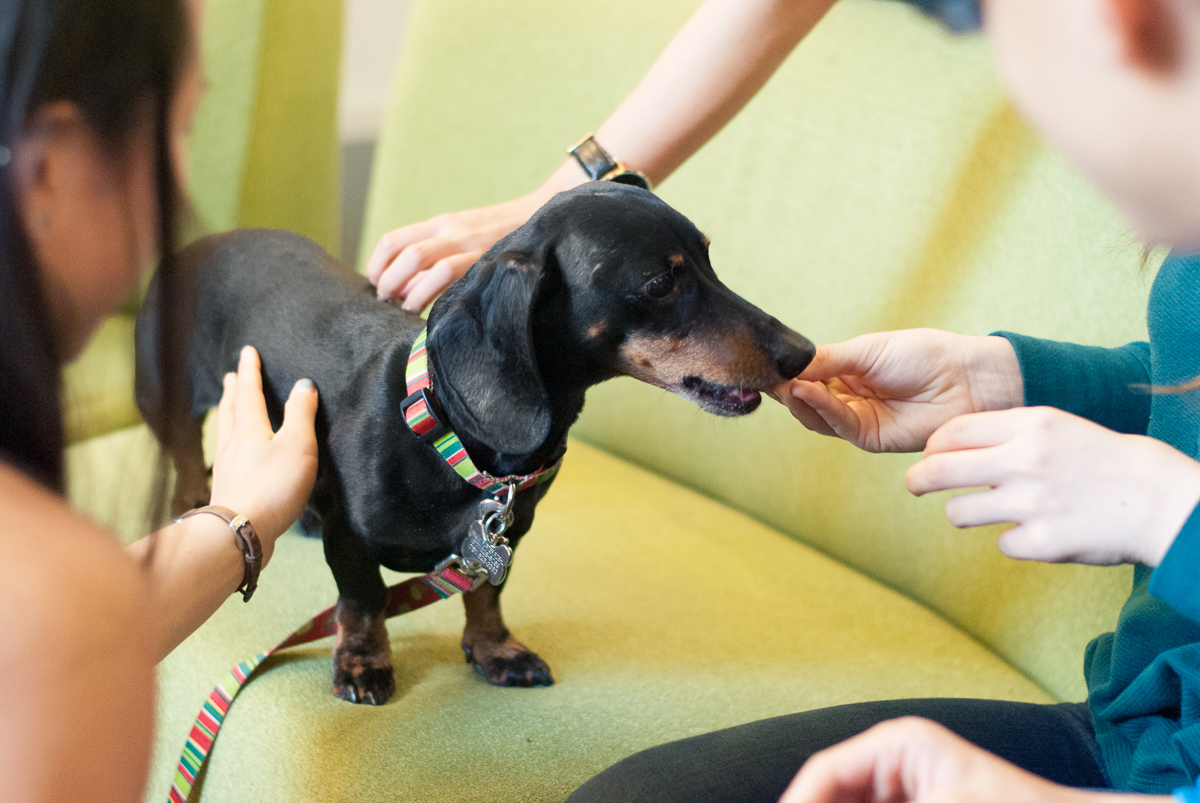
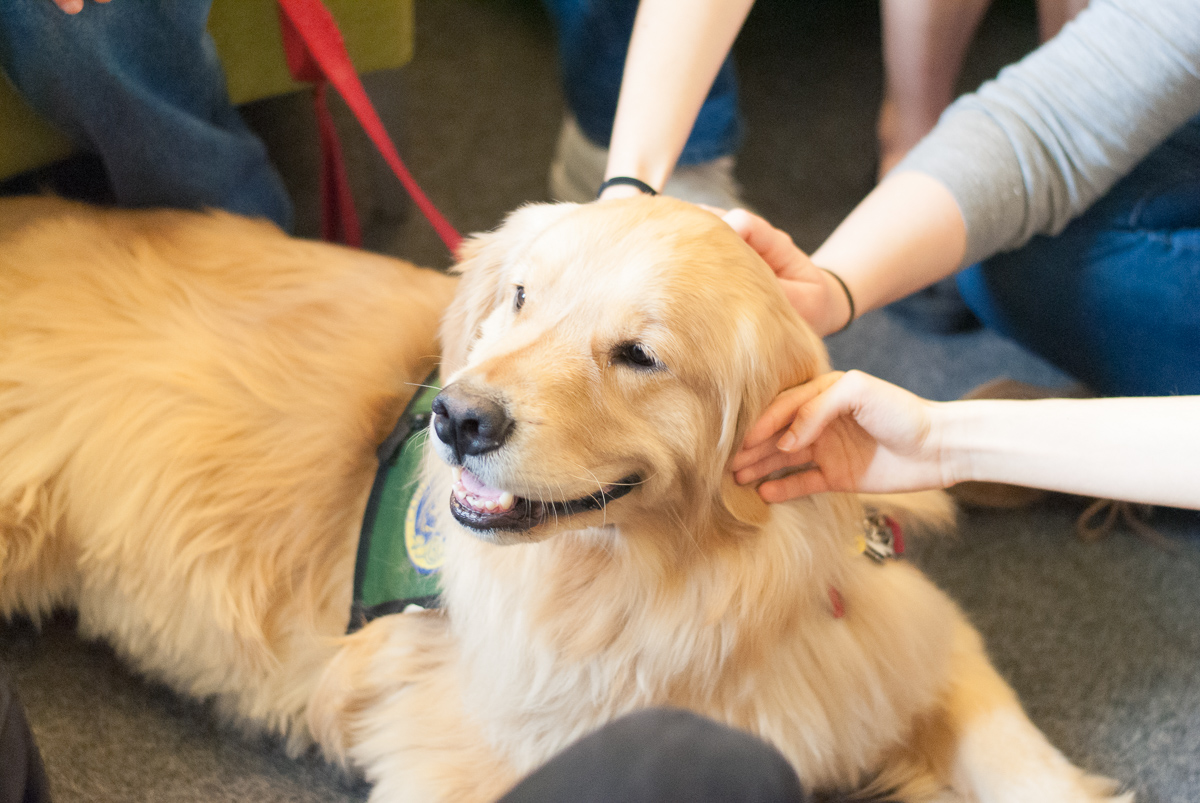
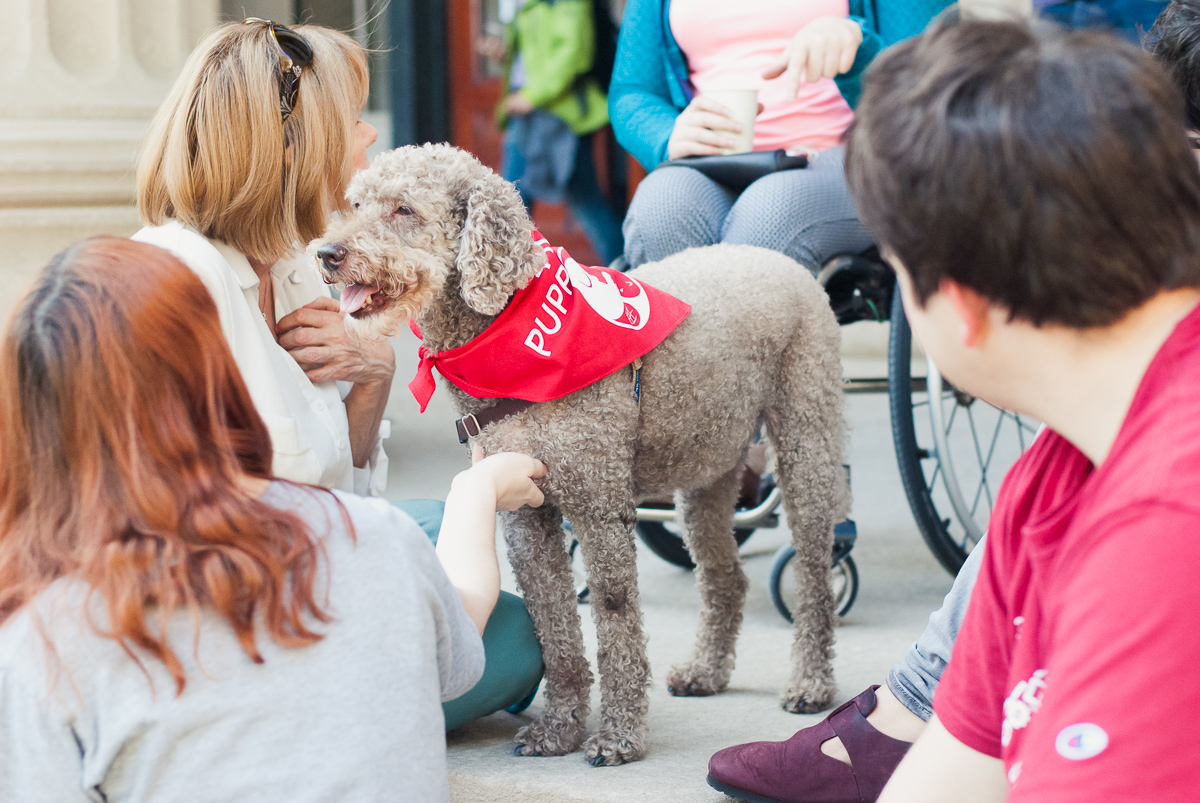
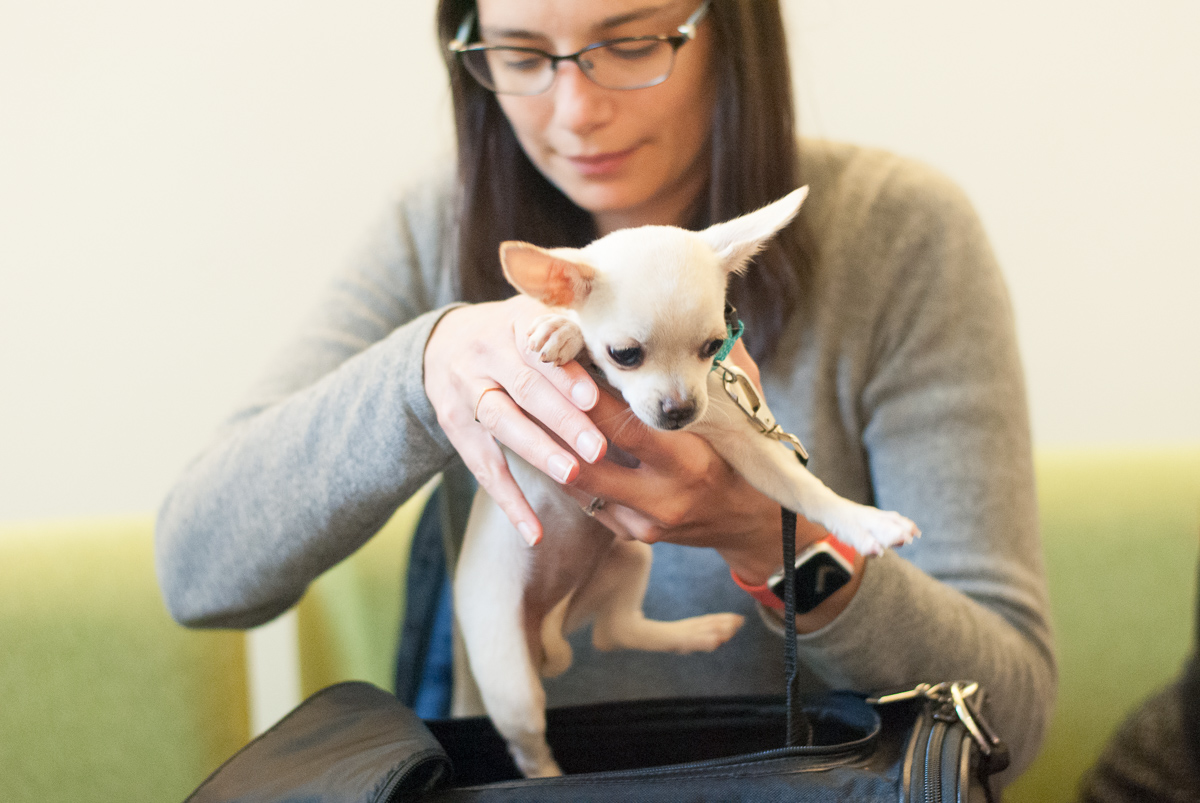
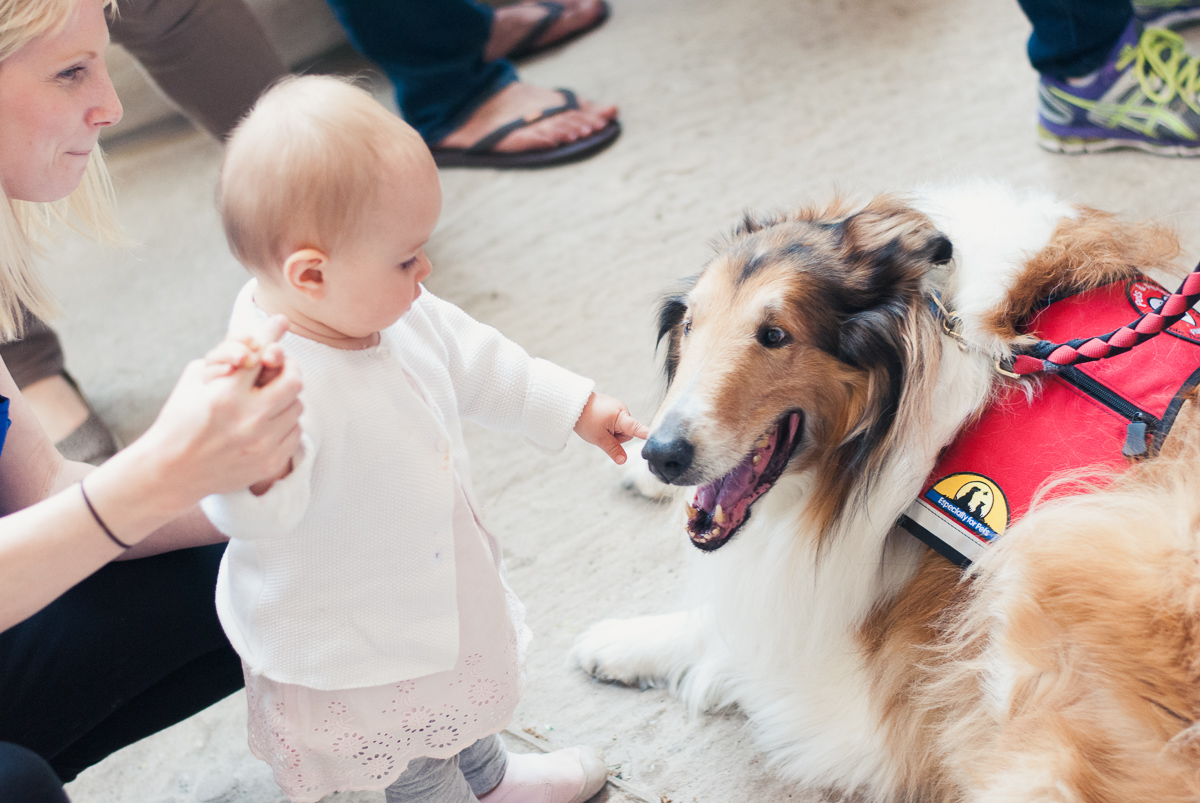
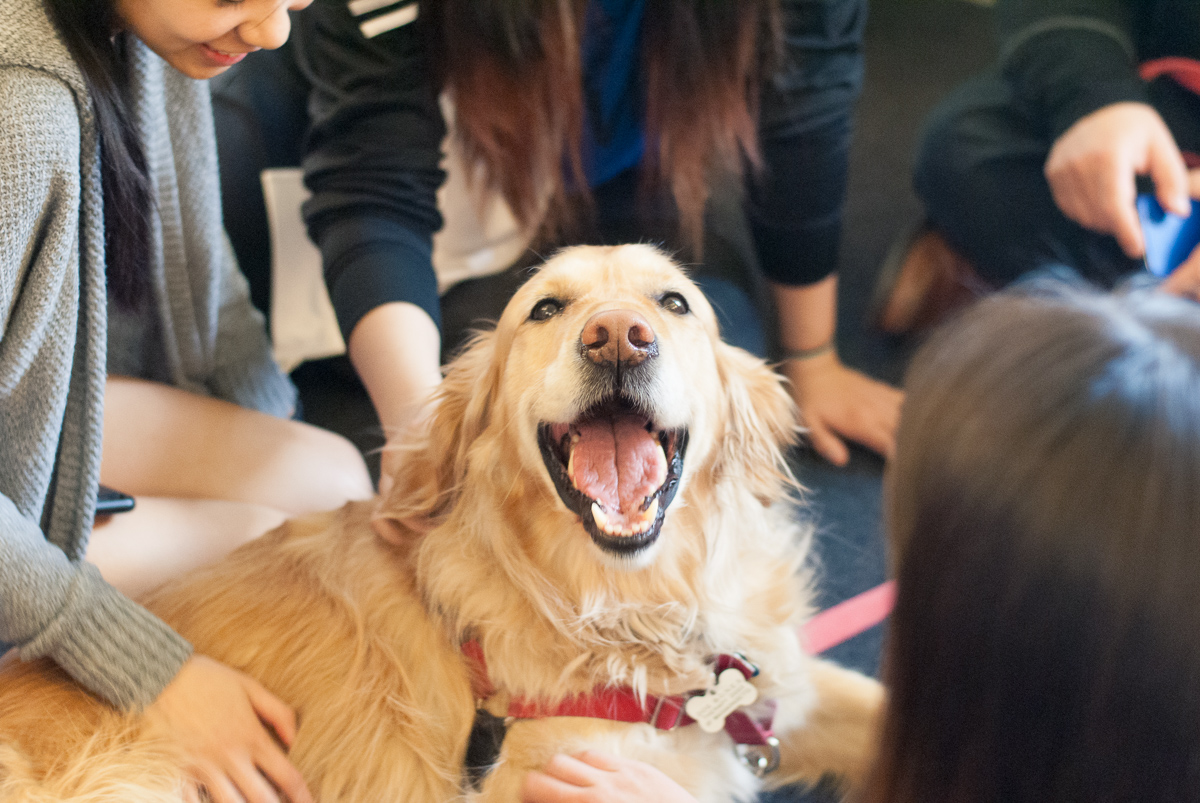
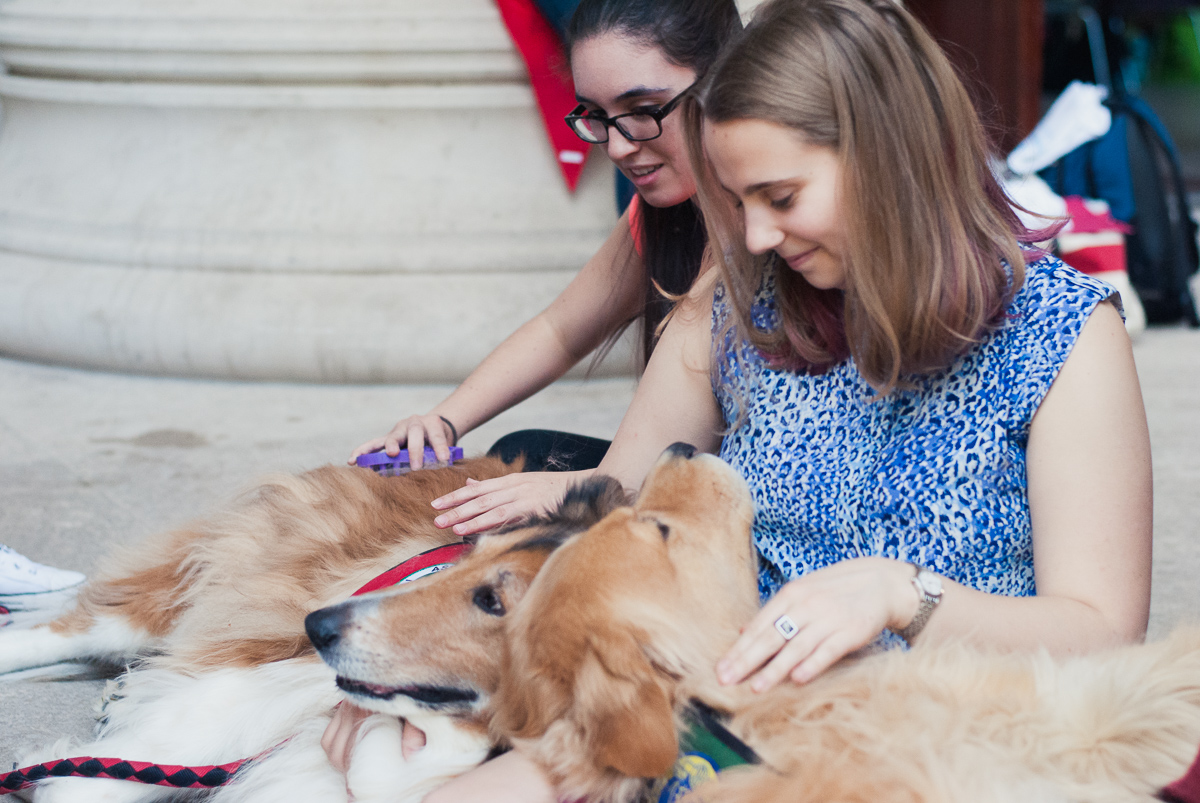
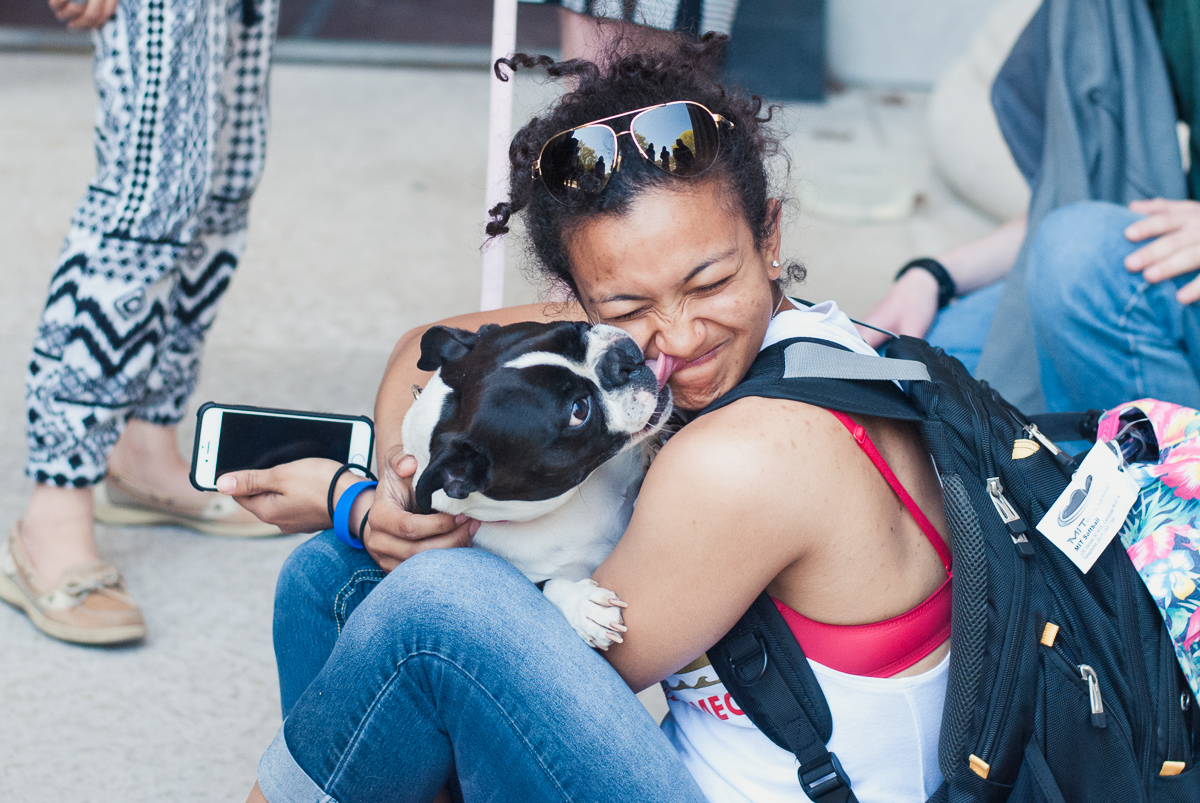
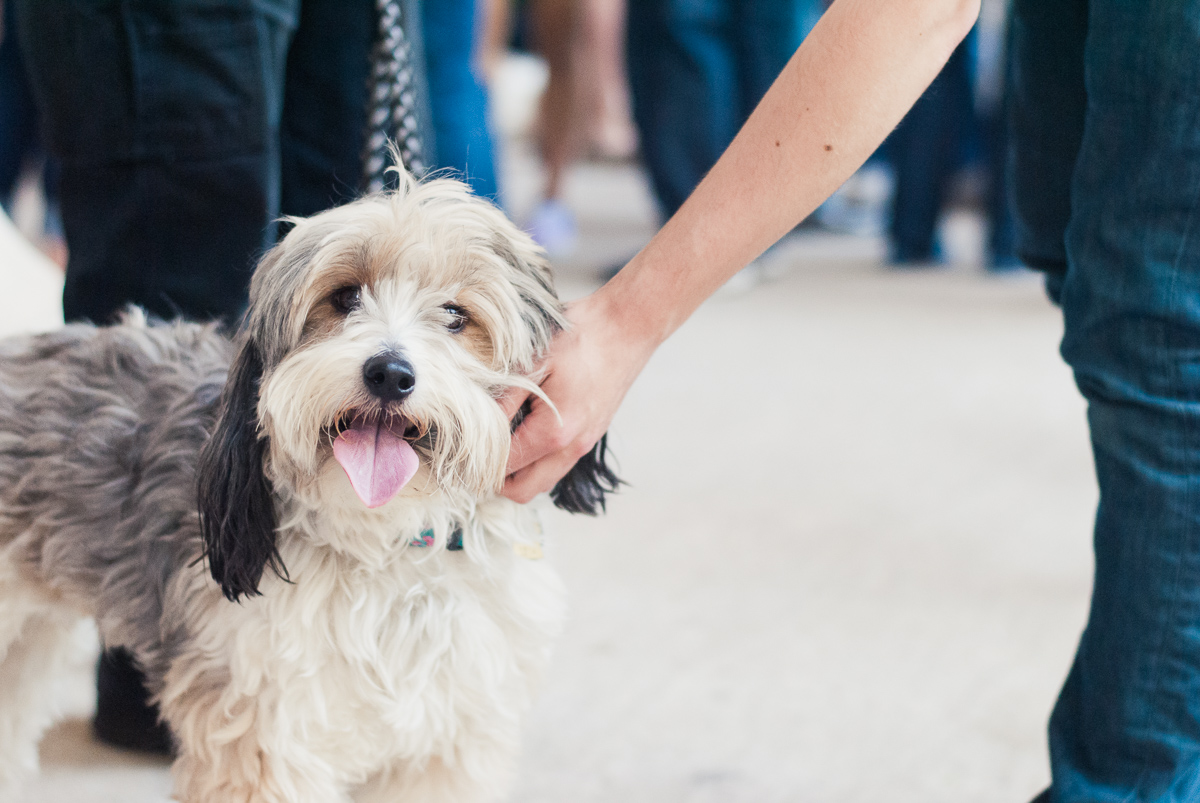
When there are dogs around, people interact with each other and they smile together
Sarah Goodman, MIT
Boston Globe
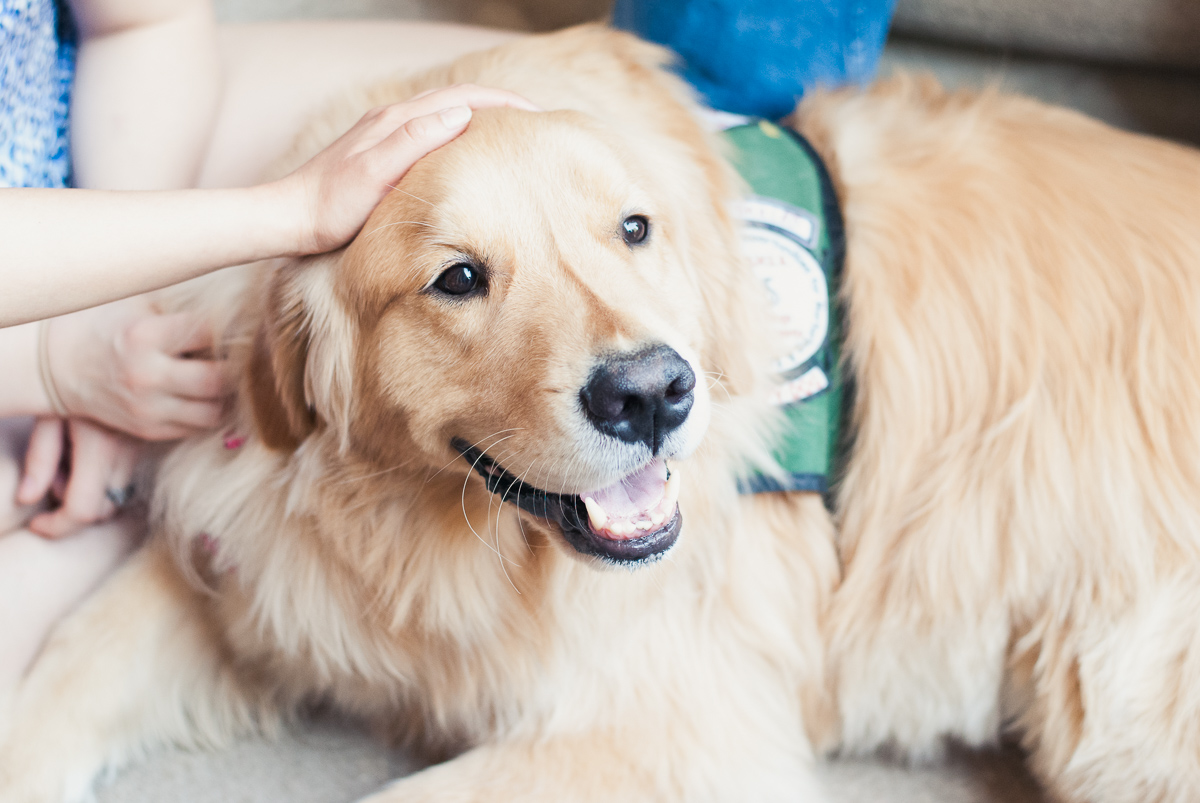
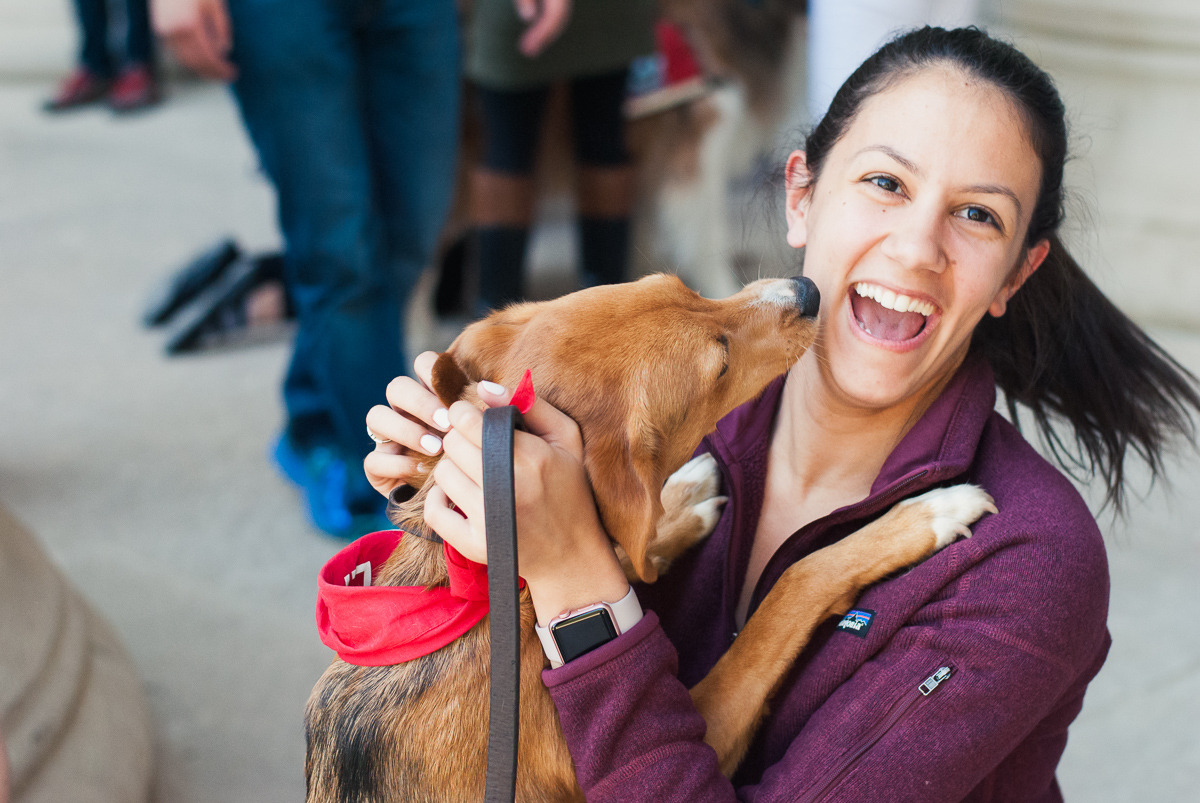
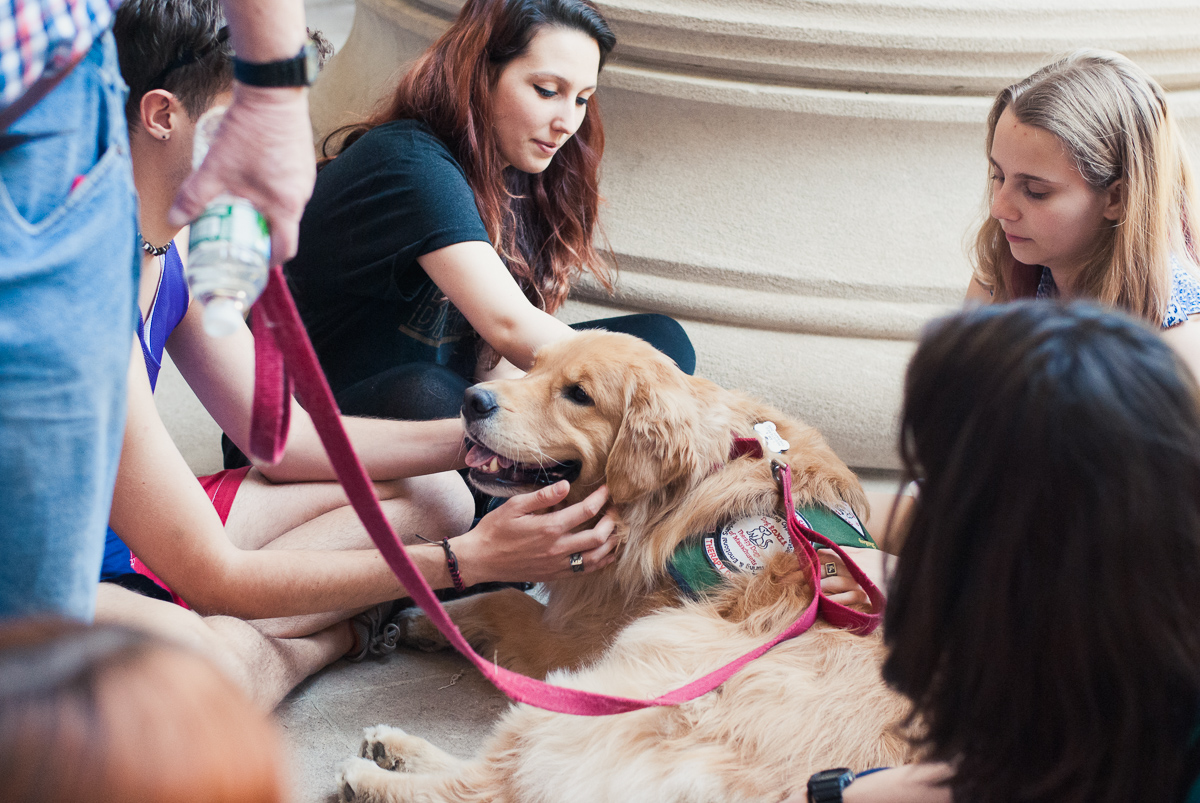
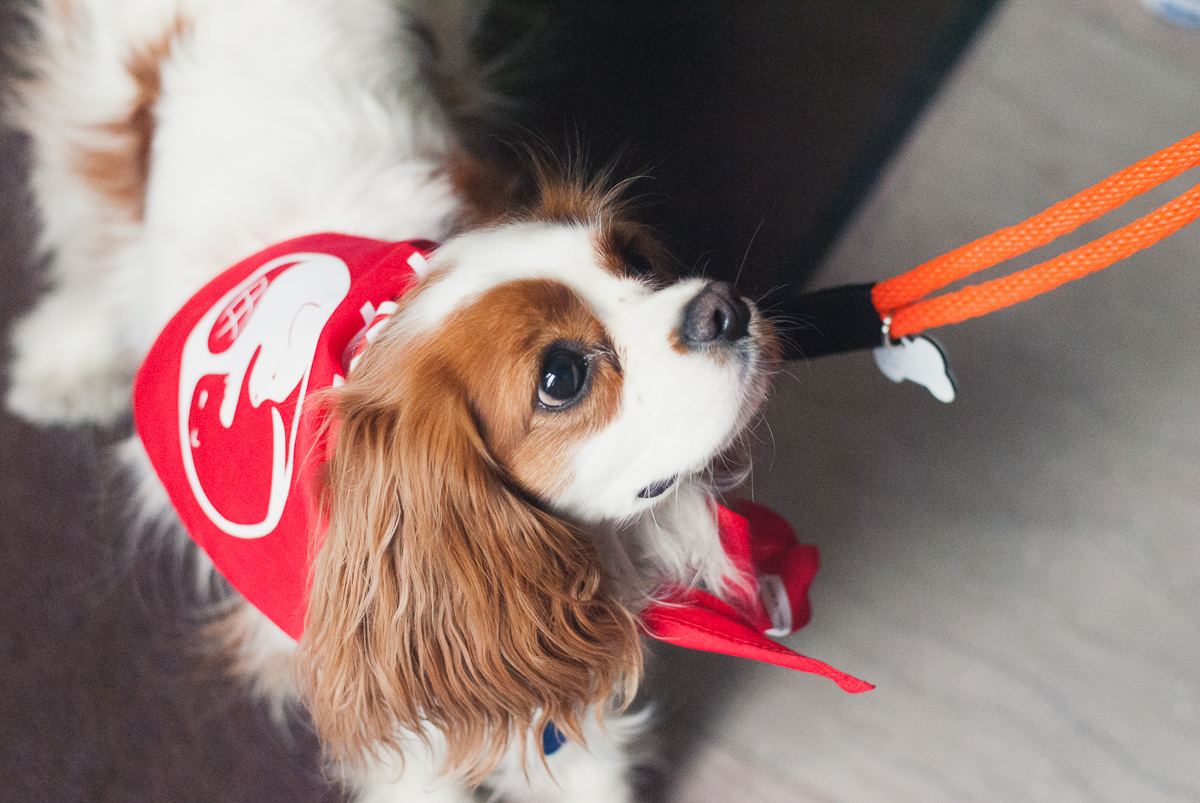
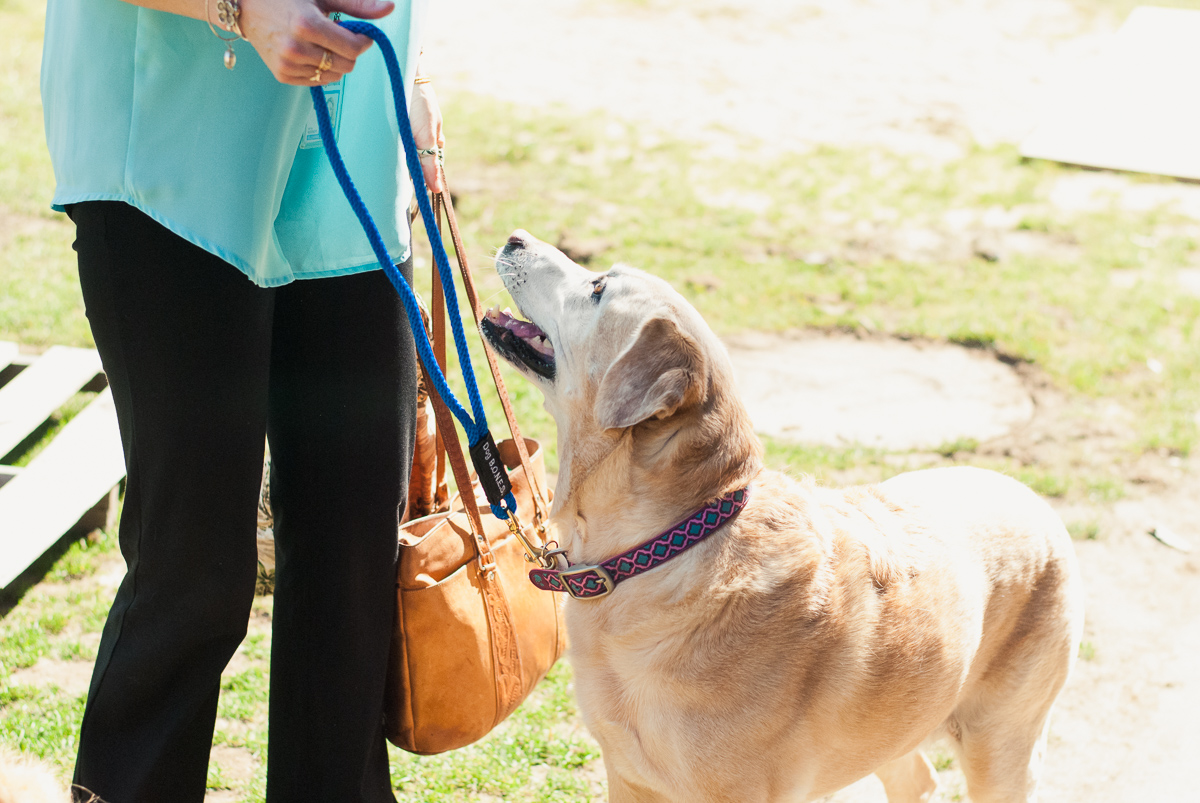
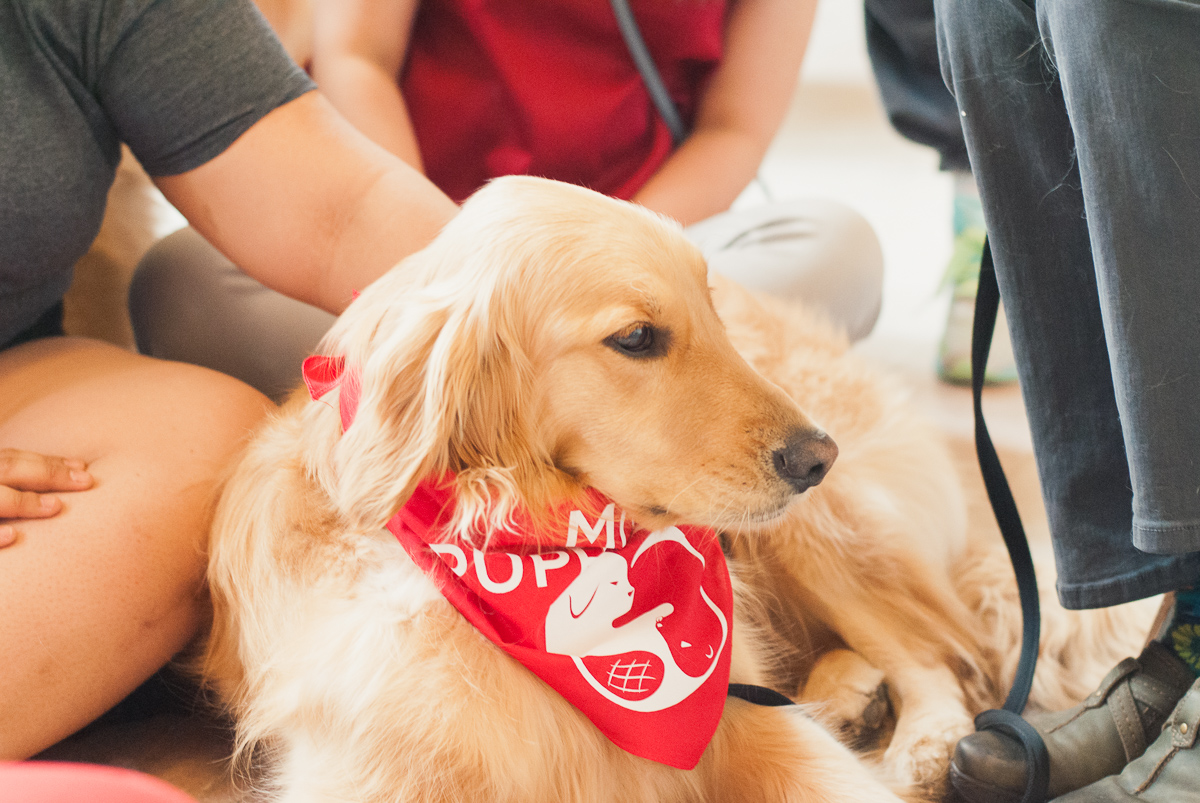
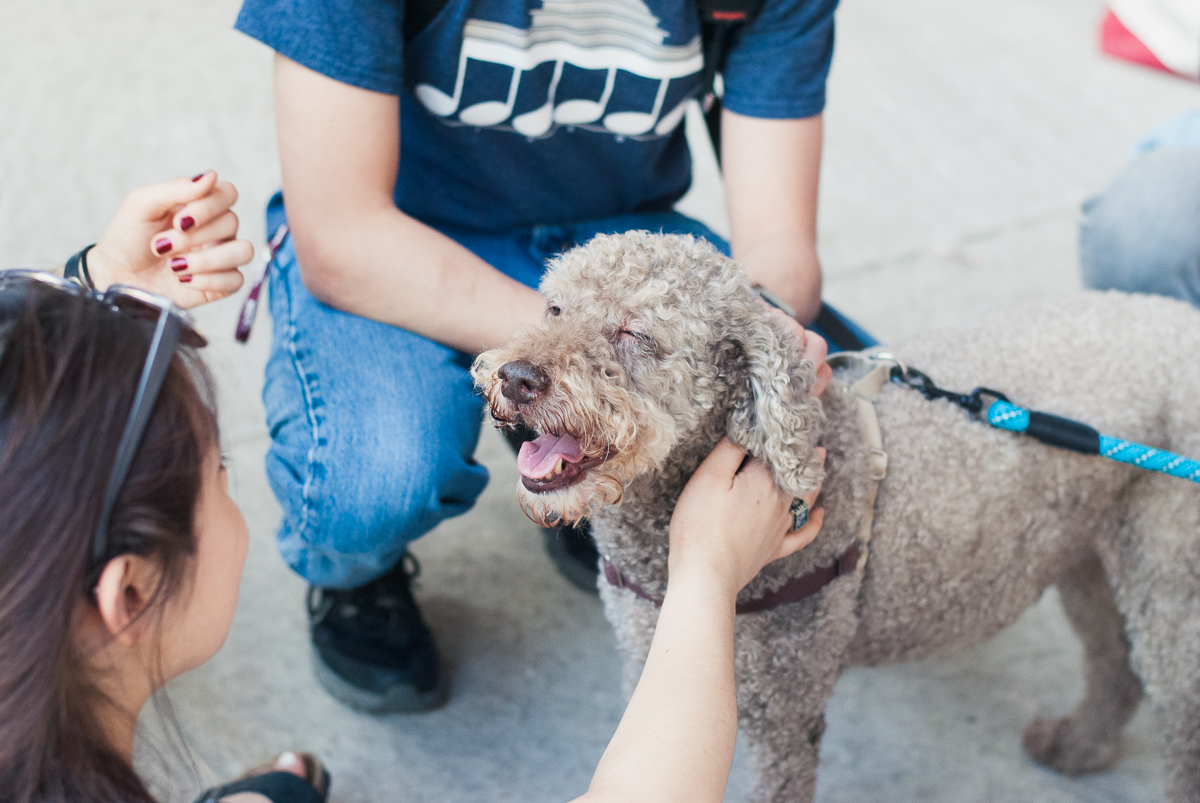
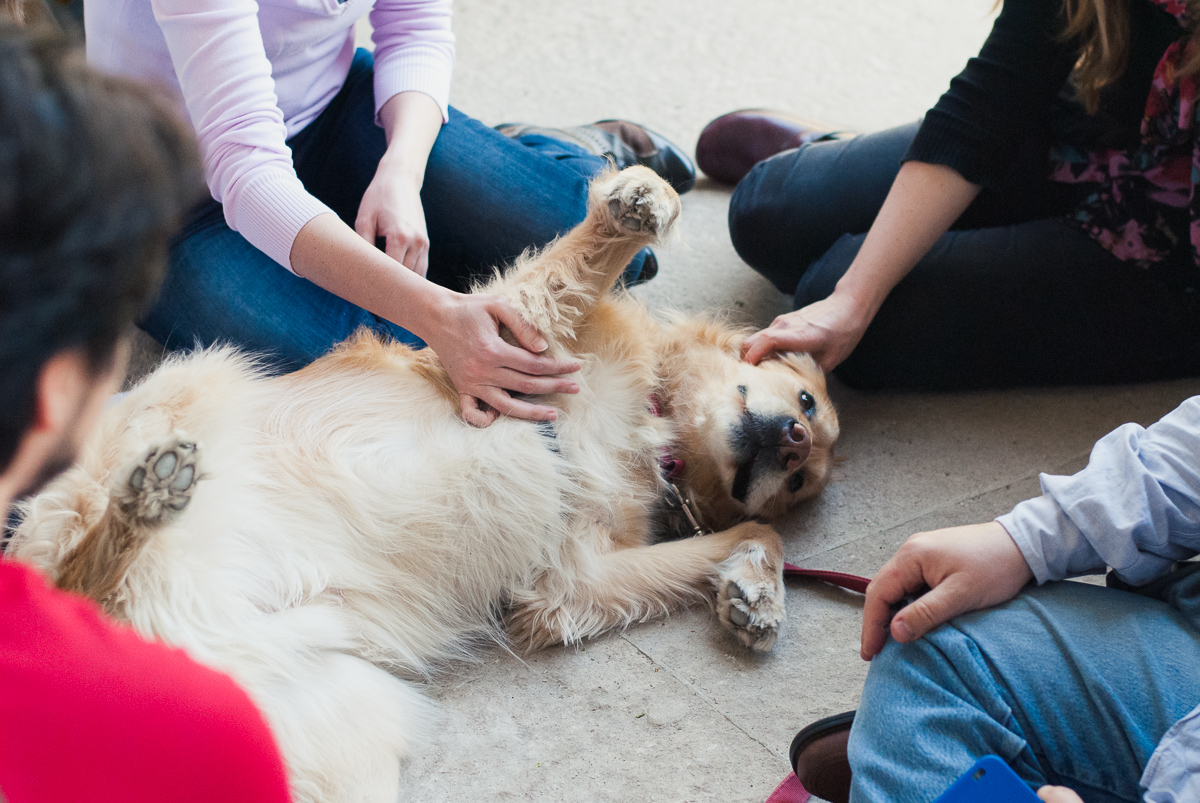
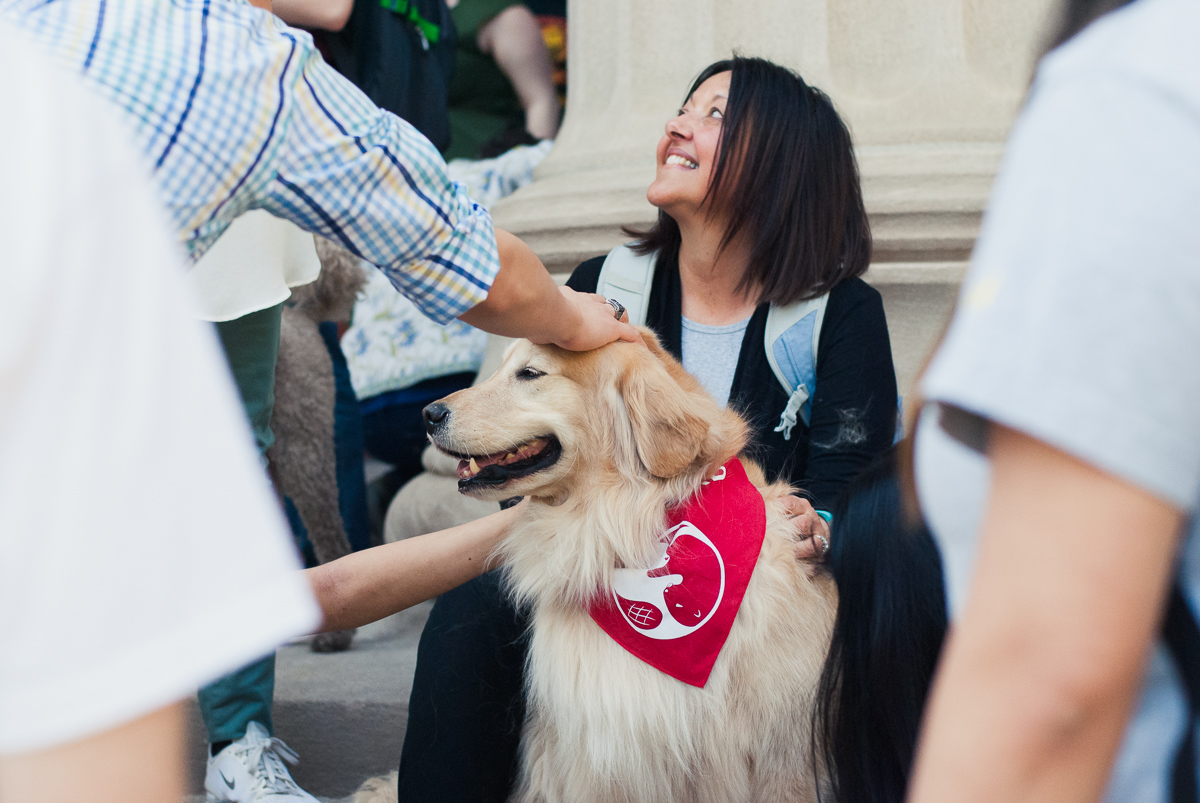
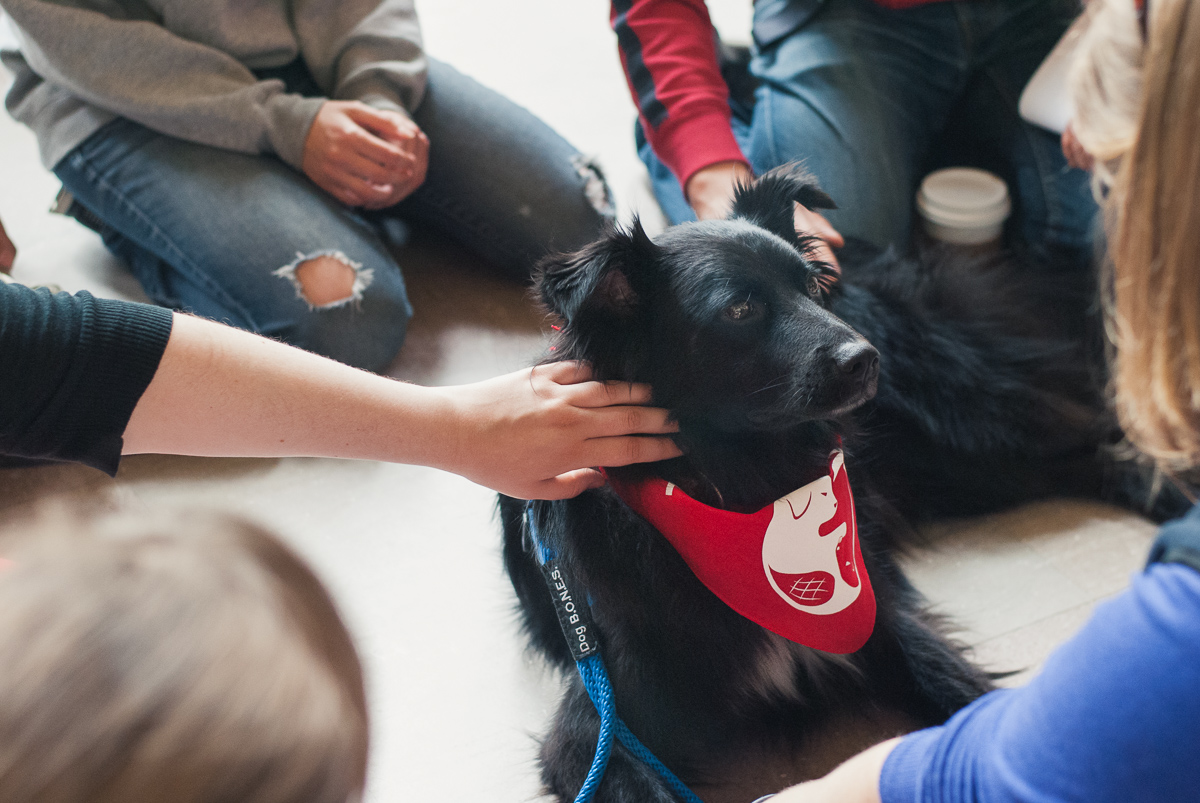
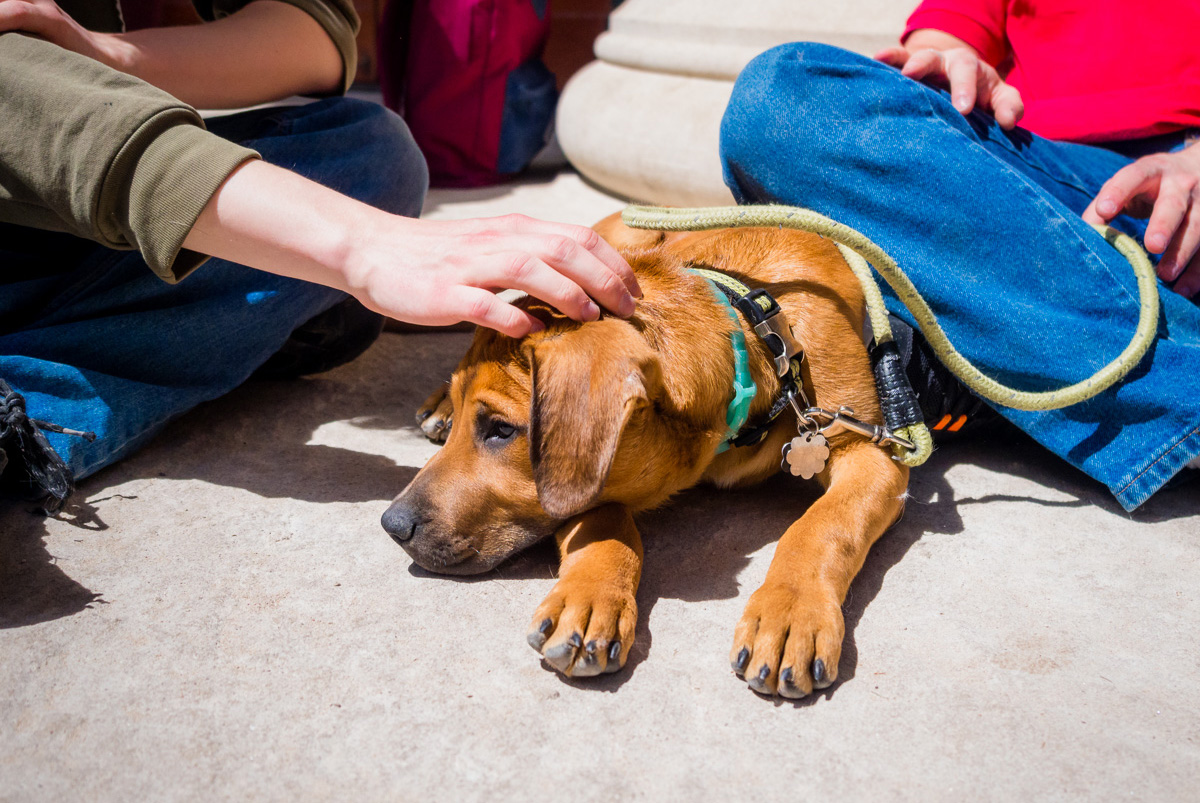
Brand Identity
The Puppy Lab logo represents balance, light, and well, puppies. Yin and Yang is the concept of opposite forces being in fact complementary and even giving rise to one another. The MIT mascot is the beaver (Nature's engineer) and serves as the perfect symbolic companion to the puppy in this universal symbol.
Aside from the logo, the visual identity relies on honest, unfiltered, and welcoming photography. No imagery could better evoke smiles and relaxation than photos of the happy, fluffy dogs themselves. Looking at the therapy dogs provides the next best thing to visiting them in person, thus extending the reach of the program's impact. Additionally, dogs and humans of all kinds are featured in order to foster inclusivity.
The Puppy Lab brand is strong enough that the program was spun off by students at the Universidad de Ingeniería y Tecnología in Peru.
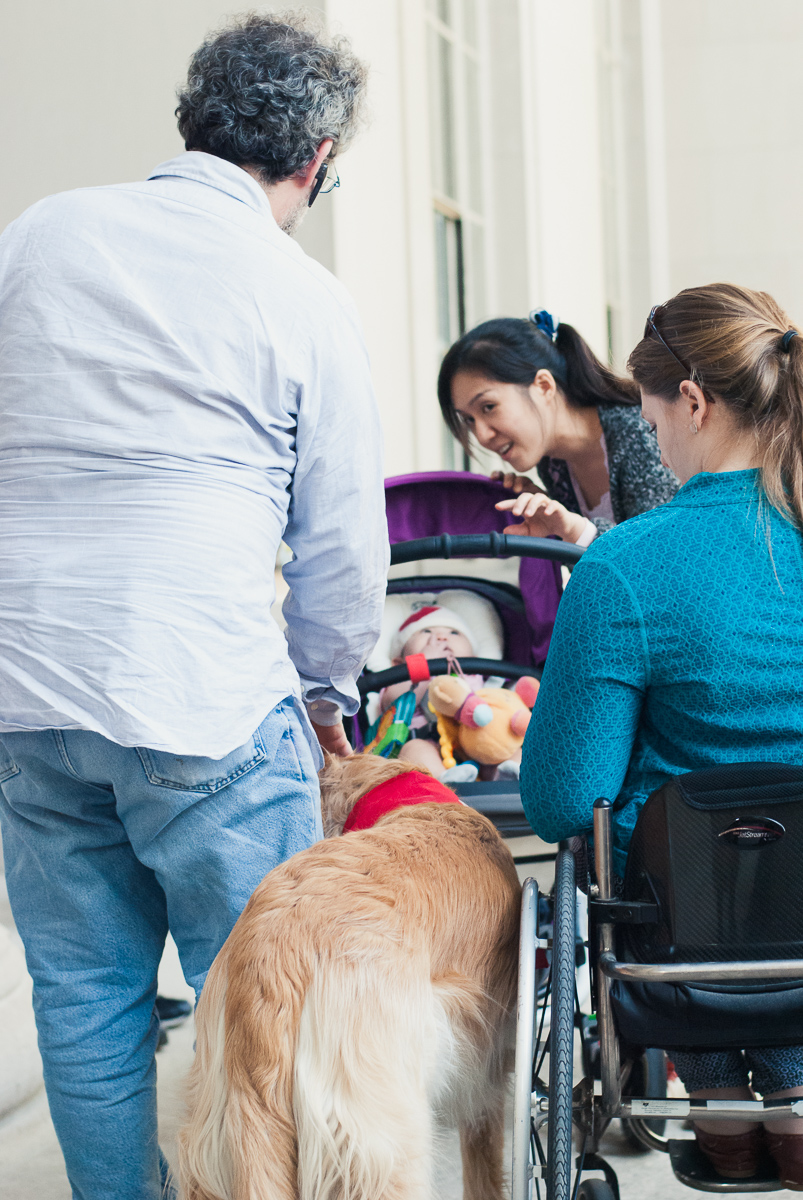
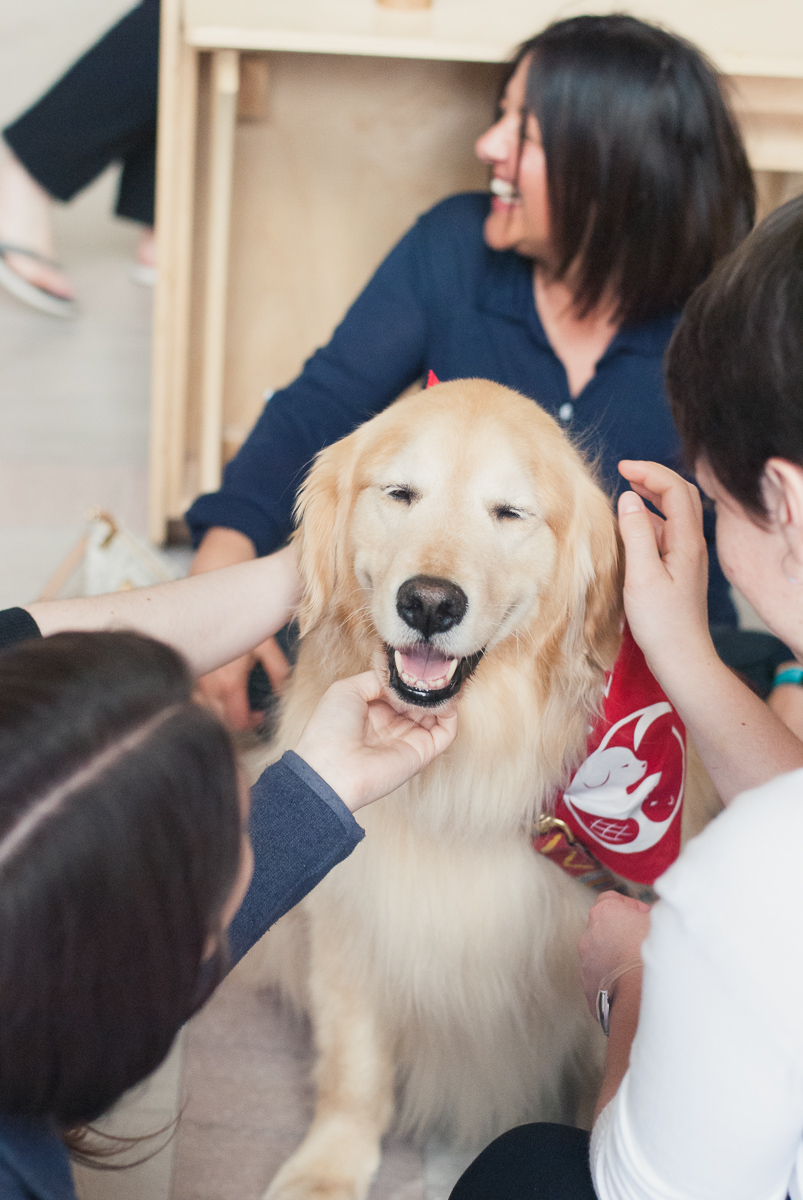
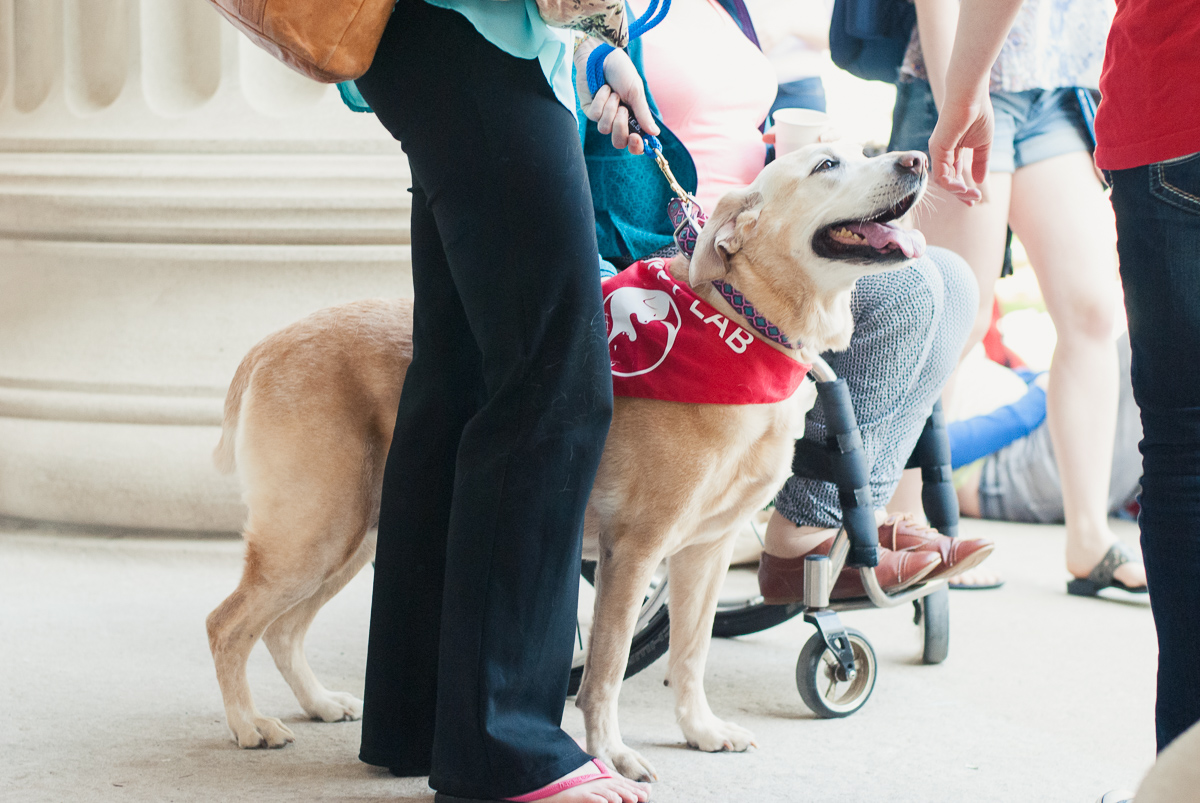
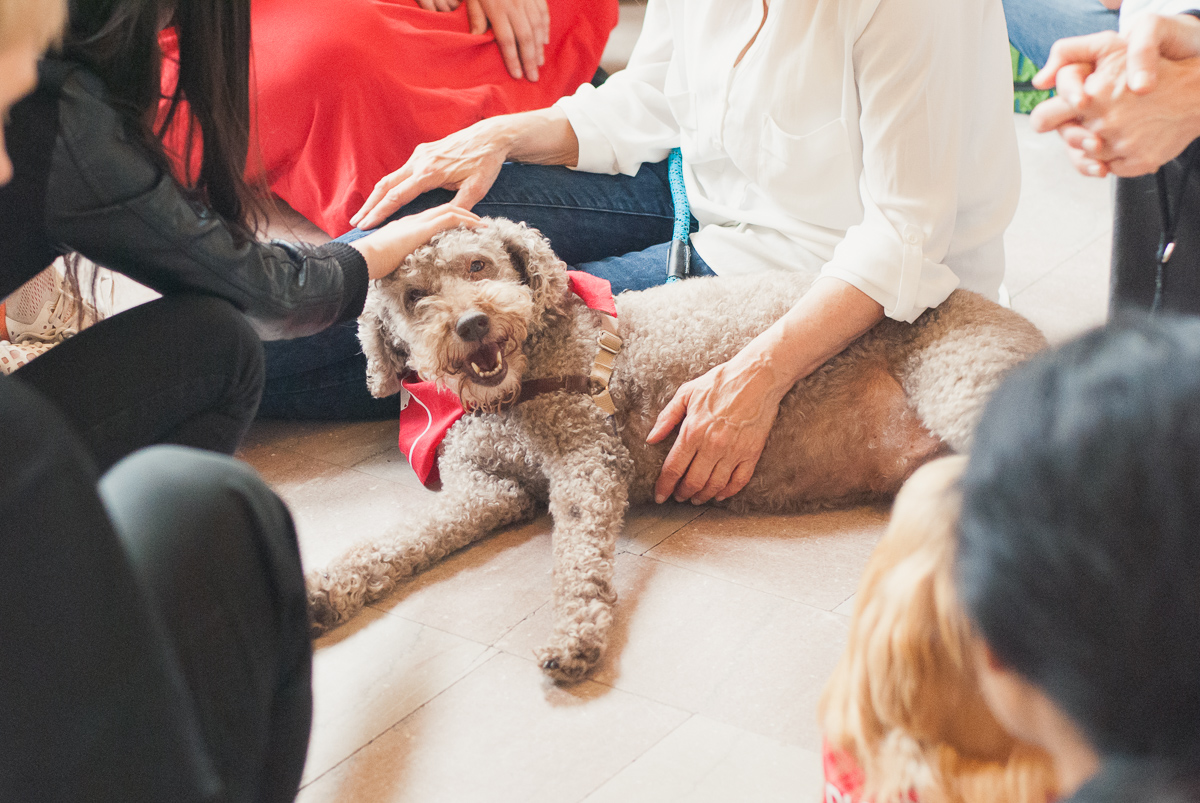
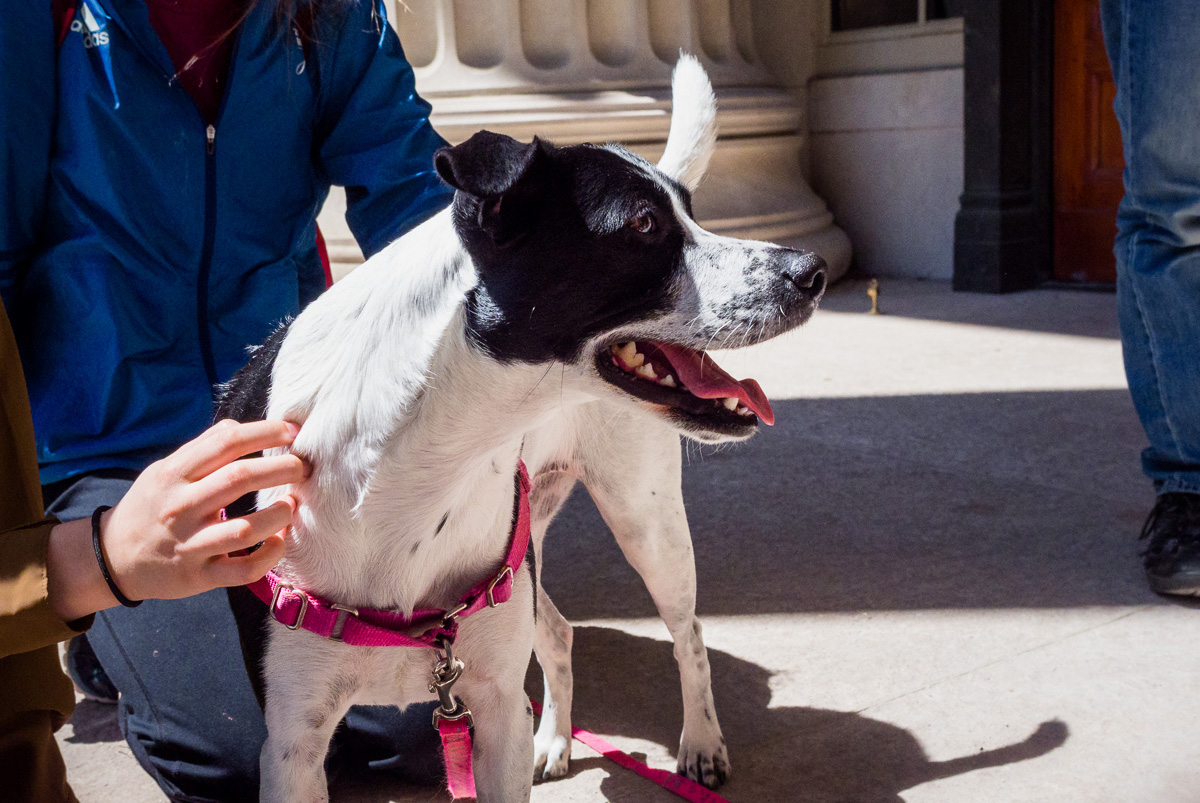
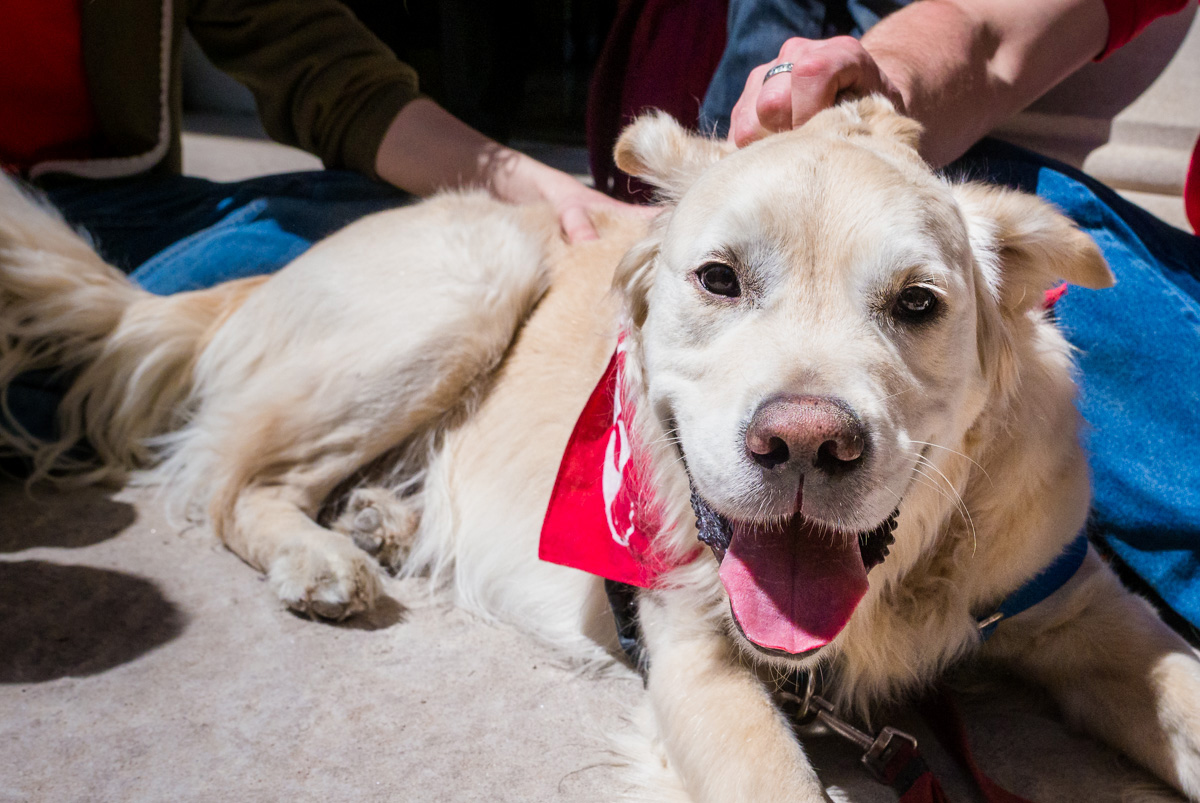
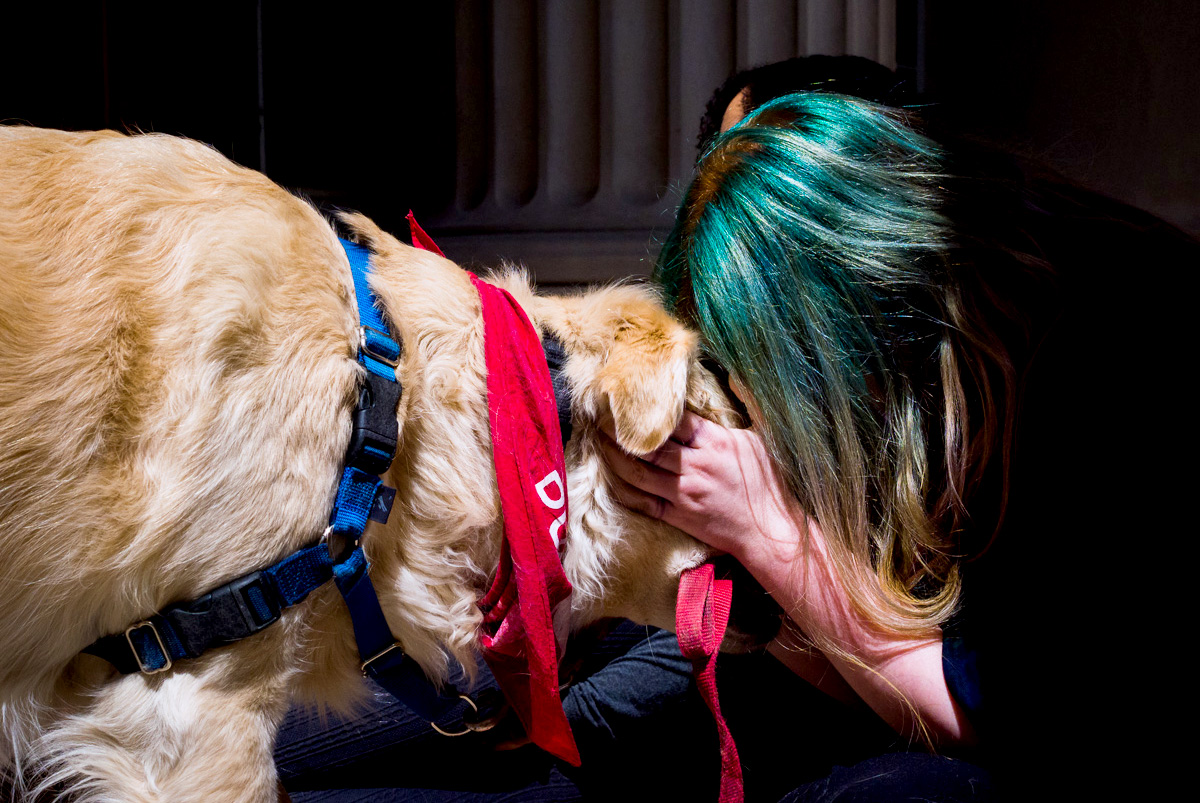
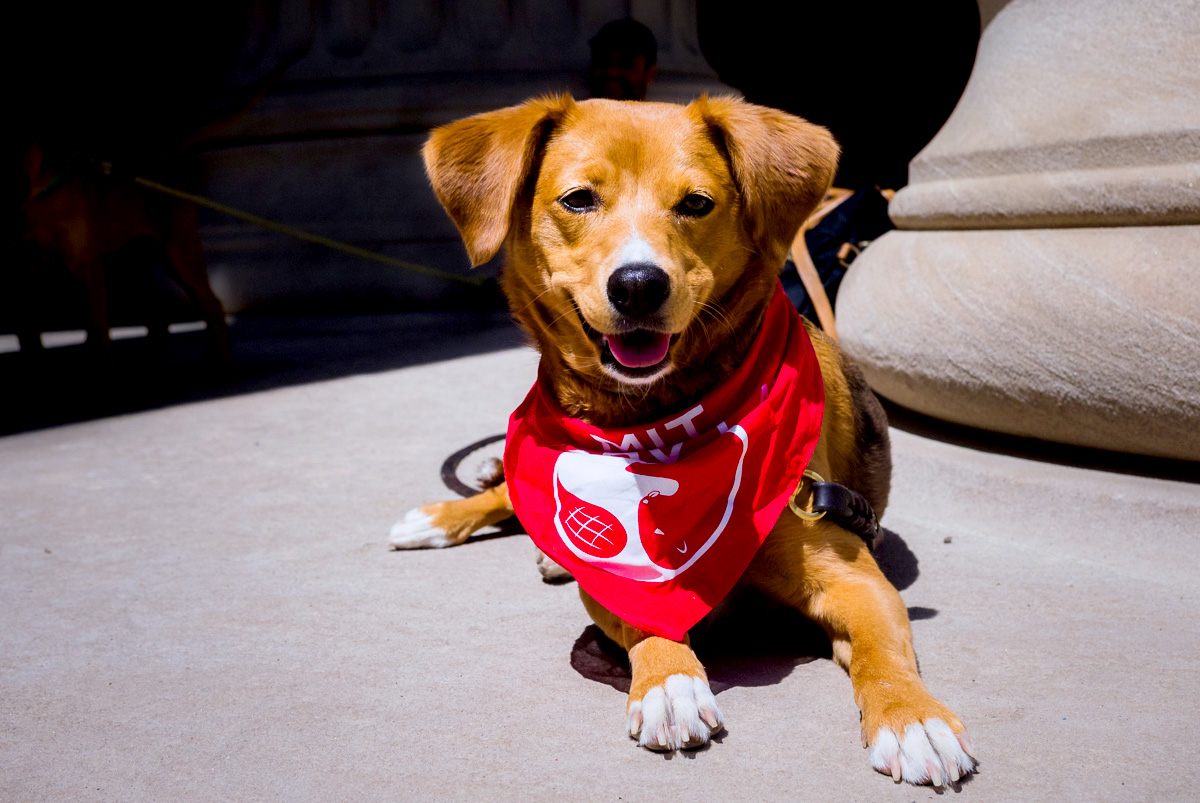
This is the best logo I've seen in a long time
Professor of Art + Design
Northeastern University
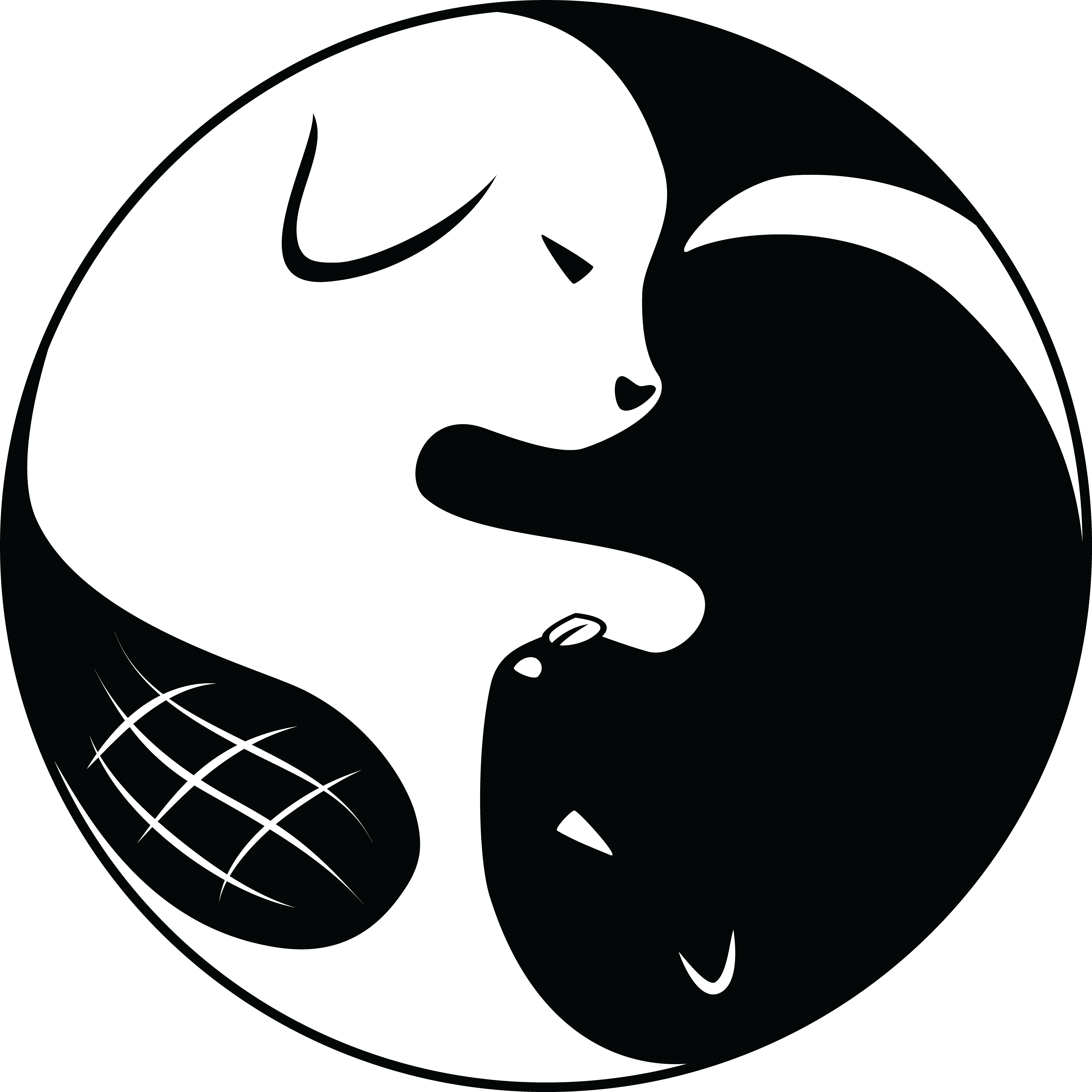
Web Design
The goals of the website are to (1) feature real-life imagery of the Puppy Lab dogs and events, (2) host the event schedule, and (3) provide information on how to participate.
Bright sunshine yellow has clear associations with happiness and warmth. It is complemented by the abundance of fresh and colorful imagery. A clean, modern sans serif typeface with tightly rounded corners offers a softer aesthetic in contrast to the more common serif fonts of industrial and academic institutions, without going so far as to be cartoonish. The thread of yellow sweeping through the background is a subtle mechanism to draw the reader down the page while allowing them the freedom to dwell and appreciate the current view, again in a bit of contrast to the heads-down goal-oriented trajectory of the student entrenched in work. It's okay to wander, to take a step backward or to the side, to move fluidly.
A simple one-page stucture and repeated modules (such as the Meet the Pups description) make the page easily updatable by the rotating undergraduate student webmaster. Plenty of whitespace and thoughtful levels of text allow breathing room and a sense of being uncomplicated appropriate for the program's mission.


